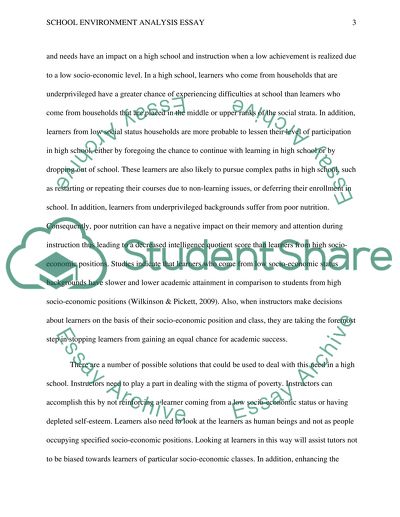Cite this document
(“School Environment Essay Example | Topics and Well Written Essays - 750 words”, n.d.)
Retrieved from https://studentshare.org/education/1483051-school-environment-analysis-essay
Retrieved from https://studentshare.org/education/1483051-school-environment-analysis-essay
(School Environment Essay Example | Topics and Well Written Essays - 750 Words)
https://studentshare.org/education/1483051-school-environment-analysis-essay.
https://studentshare.org/education/1483051-school-environment-analysis-essay.
“School Environment Essay Example | Topics and Well Written Essays - 750 Words”, n.d. https://studentshare.org/education/1483051-school-environment-analysis-essay.


